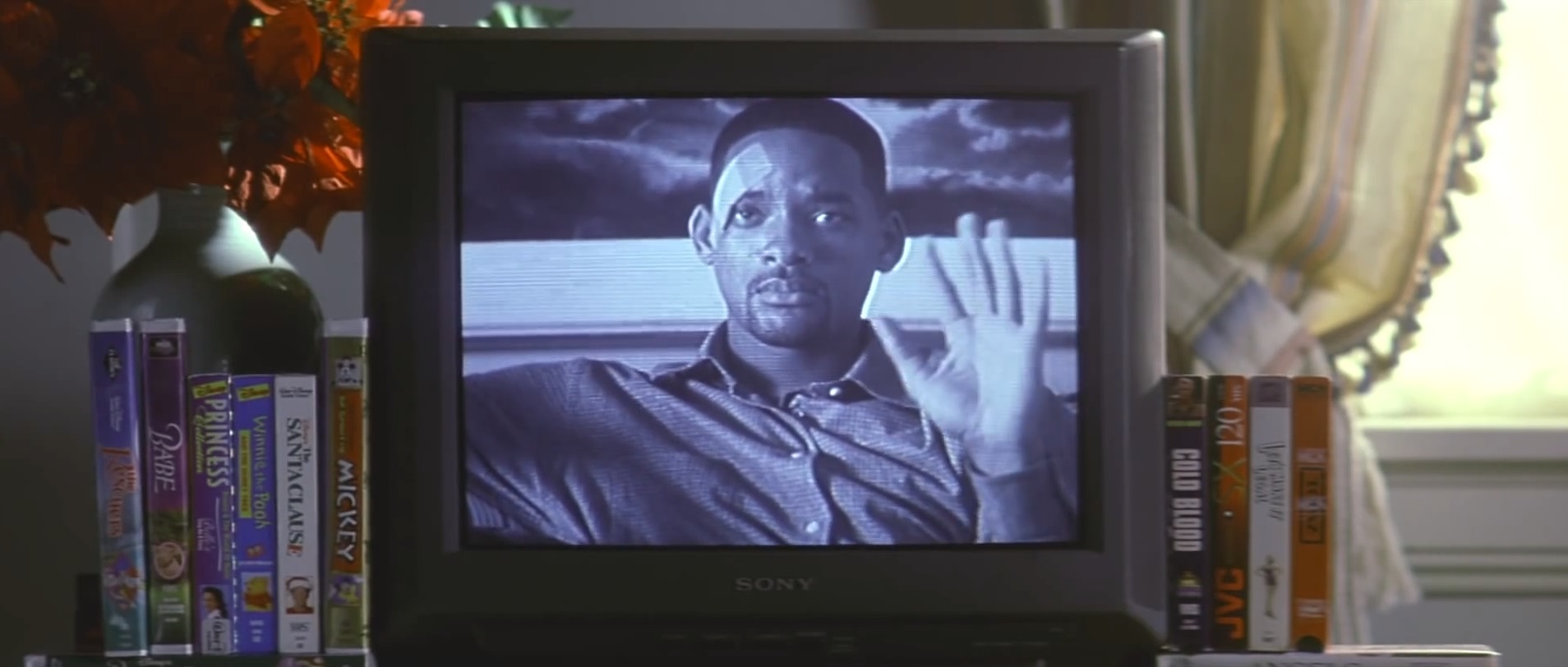Week #8; a three-stack on Wednesday definitely didn’t help with any of my course work.
A Bay of Blood (1971) dir. Mario Bava
23/04/16
Italian horror is at once the greatest and most intriguing slice of cinema. ★★★
Vivre sa vie (1962) dir. Jean-Luc Godard
26/04/16
My first Godard; so methodically attended to and precisely laid out both visually and narratively that my knowledge of its production seems odd; among many other changes to the final presentation was the fact that Godard switched the endings, from Nana surviving her ordeal to becoming a victim of it. This supposedly led Anna Karina on another suicide attempt, an activity seemingly common in her and Godard’s problematic relationship. Nonetheless an ecstatic entry into Godard’s oeuvre. Maybe a masterpiece. ★★★★½
Tangerine (2015) dir. Sean Baker
27/04/16
“Feels fake. Los Angeles is a beautifully wrapped lie.”
An explosive, literally in-your-face, volatile experience; Baker’s use of iPhone to film lends itself thematically to exposing the LA underworld in all its oozing filth in pesudo-documentary fashion. His use of music here is fantastic, as if the film itself is broken into sequences of visual dubstep (in the best way possible) and Tangerine exists in itself as an ode to indie filmmaking and its possibilities. Donut time forever. ★★★★

Short Cuts (1993) dir. Robert Altman
27/04/16
The final week of Altman season (though a one off Monday screening is happening next week), once again presenting his work in glorious 35mm (this has failed to find itself a home on blu-ray so what I saw was the best looking copy of it). One of the biggest films I’ve ever had the pleasure of witnessing. All 9 storylines are attended to equally, Altman balancing insane character arcs with plentiful humour and agonising drama in a similar vein to Nashville, only here it feels more sincere, more relevant (to me, at least. I’m not from Nashville). I dare you to find a better cast, I double dare you. 3 hours feels like 1 hour and I could sit there for another 5. ★★★★★

Captain America: Civil War (2016) dir. Joe Russo, Anthony Russo
27/04/16
Eagerly attended a midnight screening for this, only to have my heart ripped out and torn to shreds. Best Marvel movie ever my ass.
Written for Letterboxd:
Disclaimer: this is a generic good v bad list of incessant and hyperbolic ramblings.
Pros:
– Spider-Man skips ye ol origin story and bounces right into the action, his scene big on building genuine laughs and positive vibes for future reboots. But you just. can’t. beat. Tobey.
– Fight scene finale (this) is a major plus (especially that shield drop), but ultimately left me longing for more intimate mano a mano close-knit man to man hand to hand combat instead of dumb “hi my name is Spider-Man and have you guys seen Star Wars?????” remarks. Whether I was once again experiencing the wrath of my mortal enemy cinematic fatigue, or the plain fact that my seat was too close to the screen, or even that I’m just again a piece of shit again and was prejudiced against this type of action from the beginning, but I felt that most moments of action seemed a blur, almost choppy in presentation (not at all aided by plentiful cutting). This almost makes me appreciate Batman’s crime fighting sequences in BvS even more.
– Smaller scale drama as opposed to end-of-the-world crazed villain is definitely beneficial. If this is the first step in the closure of the Avengers storyline (for the sake of purpose; to put an end to world-shattering villains that are always and obviously defeated in the end) then it’s a step in the right direction; interior fragmentation. Gives much needed weight to previous MCU entries.
Cons:
– The endless, cringey one-liners between heroes among the action is starting to become grating; especially Hawkeye’s “people don’t usually talk this much in a fight” (paraphrasing), anything remotely involving tic-tacs and generally all comments Spider-Man makes in the fight (bleh). I can’t be the only one who finds these repetitive Avenger quips unfunny.
– It looks kinda gross. For a hundred million dollar production with firm emphasis on CG characters, Civil War shines as a glorified, computer-generated fuckfest of a film. How Tony Stark still manages to look like a bobblehead in his IM suit is beyond me (???). The fight is made only more bland and lifeless with the enormous amount of pedestrian space surrounding the central confrontation.
– If you know anybody who says the “have you guys seen that really old movie Empire Strikes Back” comments were their favourite part of the film, remove them from your life immediately.
– Fuck Spider-Man’s TOO damn smooth all CG suit.
All in all: media3.giphy.com/media/JpqnWRtJHhsu4/giphy.gif
★★★
The sleep cycle app gave me a 100% sleep rating last night but my eyes are so god damn itchy that I feel like it’s lying.







